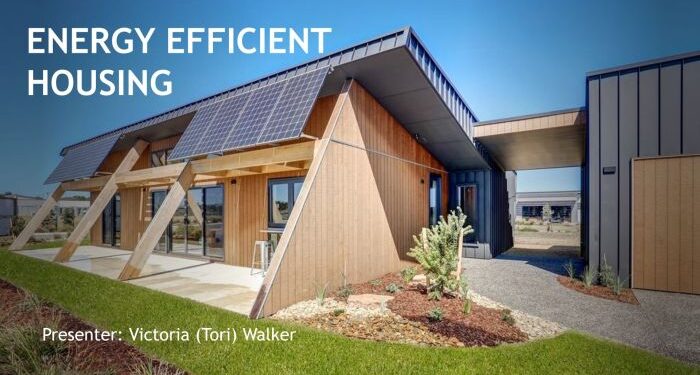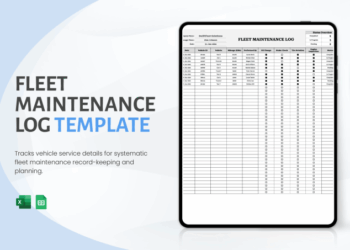As energy efficient home exteriors take the spotlight, this introduction invites readers into a realm of knowledge, promising an engaging and informative journey.
In the following paragraphs, we will delve into the importance, design strategies, sustainable materials, and technologies that shape energy efficiency in home exteriors.
Importance of Energy Efficient Home Exteriors
Energy-efficient home exteriors play a crucial role in reducing utility costs and promoting environmental sustainability.
Reducing Utility Costs
One of the key benefits of energy-efficient home exteriors is their ability to lower utility costs. By utilizing materials and design elements that enhance energy efficiency, homeowners can decrease their reliance on heating and cooling systems, resulting in significant savings on energy bills over time.
Environmental Sustainability
Energy-efficient exteriors also contribute to environmental sustainability by reducing overall energy consumption. This helps lower greenhouse gas emissions and minimizes the environmental impact of residential buildings, ultimately promoting a more sustainable way of living.
Examples of Energy-Efficient Elements
- Proper insulation: High-quality insulation helps regulate indoor temperatures, reducing the need for heating and cooling.
- Energy-efficient windows: Double or triple-pane windows with low-E coatings prevent heat transfer, improving energy efficiency.
- Solar panels: Installing solar panels on the roof can generate renewable energy and further reduce reliance on traditional power sources.
- Cool roofs: Light-colored or reflective roofing materials help deflect sunlight and reduce heat absorption, keeping homes cooler in warm weather.
Design Strategies for Energy Efficient Home Exteriors
Proper design strategies play a crucial role in enhancing the energy efficiency of a home exterior. From insulation to windows and doors, each component can make a significant impact on the overall energy consumption of a house.
Proper Insulation
Insulation is key to maintaining a comfortable temperature inside a home while reducing the need for excessive heating or cooling. By properly insulating walls, floors, and attics, homeowners can prevent heat loss in the winter and keep cool air in during the summer.
This not only improves energy efficiency but also reduces utility bills.
Windows and Doors
Windows and doors are another important aspect of energy efficient home exteriors. Energy-efficient windows with double or triple panes, low-e coatings, and insulated frames can prevent heat transfer and reduce the need for heating or cooling. Similarly, well-sealed doors with proper weather stripping can prevent drafts and maintain indoor temperatures.
Landscaping Impact
The landscaping around a home can also impact its energy efficiency. Strategic placement of trees and shrubs can provide shade in the summer, reducing the need for air conditioning, while allowing sunlight in the winter to naturally warm the house.
Additionally, green roofs and permeable surfaces can help regulate temperatures and reduce the urban heat island effect.
Sustainable Materials for Energy Efficient Home Exteriors
When considering sustainable materials for energy-efficient home exteriors, it is essential to prioritize eco-friendly options that contribute to reducing environmental impact while enhancing energy efficiency
.Recycled Materials vs. Traditional Materials:Using recycled materials for home exteriors offers numerous benefits, such as reducing waste, conserving natural resources, and lowering carbon footprint.
Recycled materials like reclaimed wood, recycled metal, and recycled plastic can be excellent choices for siding, decking, and other exterior elements. These materials not only help in sustainable construction but also provide a unique aesthetic appeal to the home. On the other hand, traditional materials like vinyl, aluminum, and concrete can also be energy-efficient if sourced responsibly and manufactured using sustainable practices.Roofing Materials and Energy Efficiency:The choice of roofing materials plays a crucial role in the overall energy efficiency of a home.
Opting for materials with high solar reflectance and thermal emittance can help in reducing heat absorption and lowering cooling costs during hot weather. Materials like metal roofs, cool roofs, and green roofs are known for their energy-saving properties and can significantly contribute to creating an energy-efficient home exterior.
Additionally, choosing durable roofing materials that require minimal maintenance can also enhance the sustainability of the home in the long run.
Technologies for Enhancing Energy Efficiency in Home Exteriors
Implementing advanced technologies can significantly enhance the energy efficiency of home exteriors, leading to reduced energy consumption and lower utility bills.
Solar Panels and their Impact on Energy Consumption
Solar panels are a popular and effective technology used to harness the power of the sun and convert it into electricity for residential use. By installing solar panels on the roof or exterior walls of a home, homeowners can generate their own clean and renewable energy, reducing their reliance on traditional energy sources.
This not only helps to lower energy bills but also decreases the carbon footprint of the home, contributing to a more sustainable environment.
Smart Home Technologies for Optimizing Energy Usage
Smart home technologies, such as programmable thermostats, smart lighting systems, and energy monitoring devices, enable homeowners to control and optimize their energy usage more efficiently. These devices can automatically adjust temperature settings, lighting levels, and appliance usage based on occupancy patterns and energy demand, helping to reduce unnecessary energy consumption and improve overall efficiency.
Role of Energy-Efficient Lighting
Energy-efficient lighting, such as LED bulbs and fixtures, plays a crucial role in enhancing the overall energy efficiency of a home. LED lights consume significantly less energy than traditional incandescent bulbs and have a longer lifespan, reducing the frequency of replacements.
By replacing outdated lighting with energy-efficient options, homeowners can lower their electricity usage and contribute to a more sustainable living environment.
Ultimate Conclusion
In conclusion, optimizing your home's exterior for energy efficiency not only reduces costs but also contributes to a greener future. Implementing the right materials, designs, and technologies can make a significant impact on your home and the environment.
Quick FAQs
How do energy-efficient home exteriors help reduce utility costs?
Energy-efficient home exteriors reduce the need for heating and cooling, resulting in lower energy consumption and reduced utility bills.
What are some eco-friendly materials suitable for energy-efficient home exteriors?
Materials like recycled wood, insulated concrete, and metal roofs are eco-friendly options for energy-efficient home exteriors.
How do solar panels enhance energy efficiency in a home exterior?
Solar panels harness sunlight to generate electricity, reducing reliance on traditional energy sources and enhancing overall energy efficiency.














